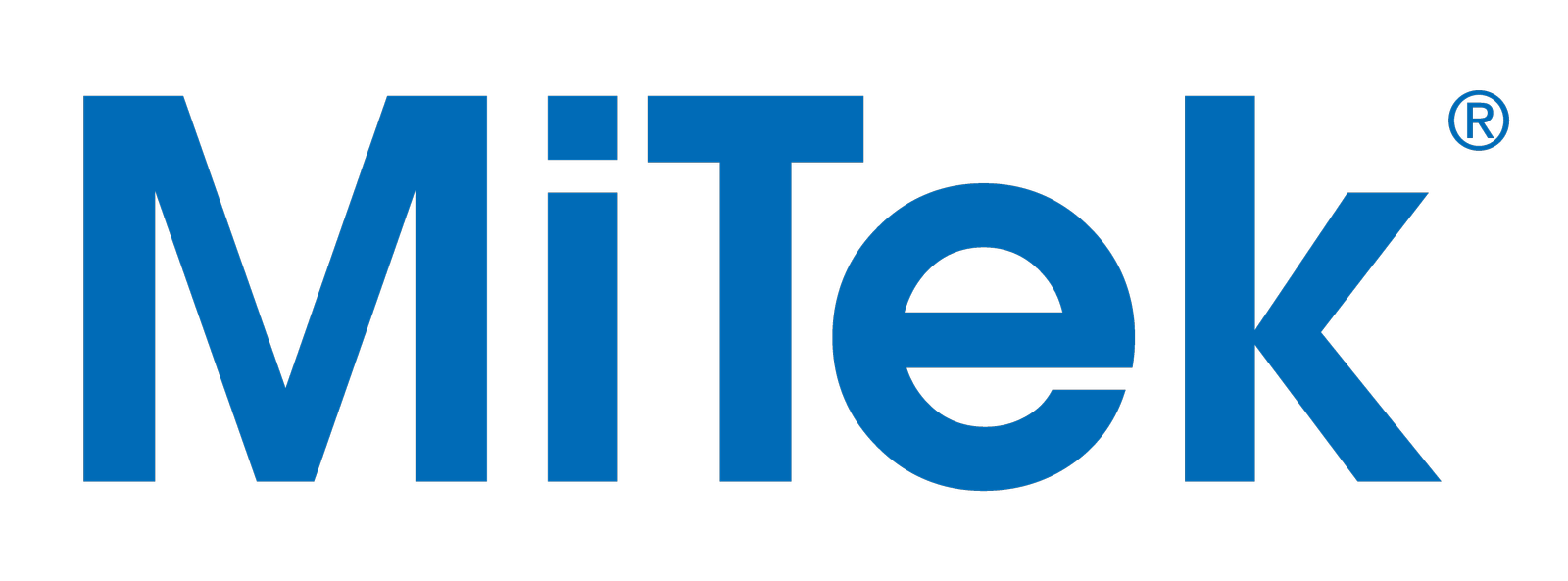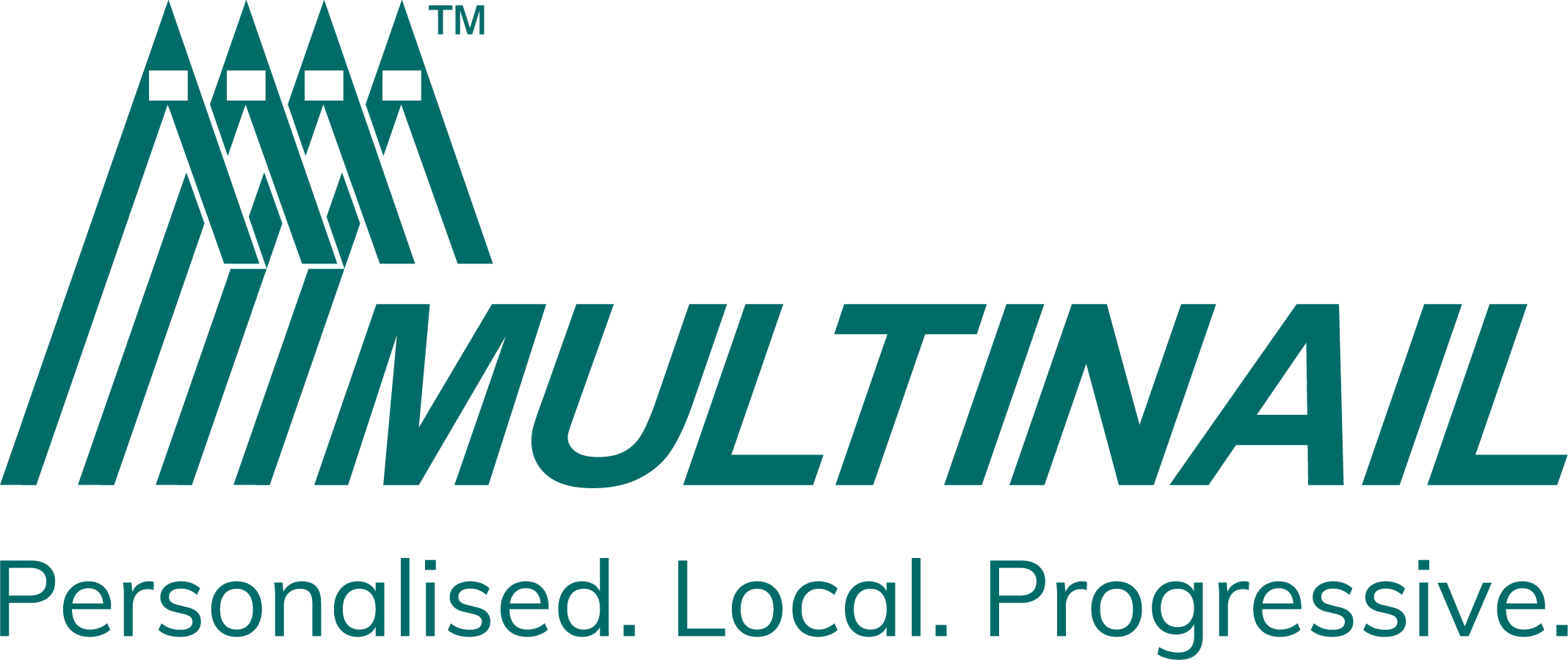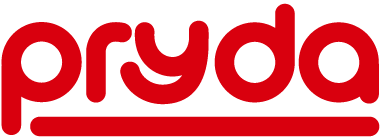This piece was written by FTMA’s Kat Welsh.
Timber Queensland’s Advice on How to Fulfil Your Obligations
Using certified timber, or compliant timber is an industry standard, for a couple of important reasons.
It is safety assured.
It is environmentally responsible.
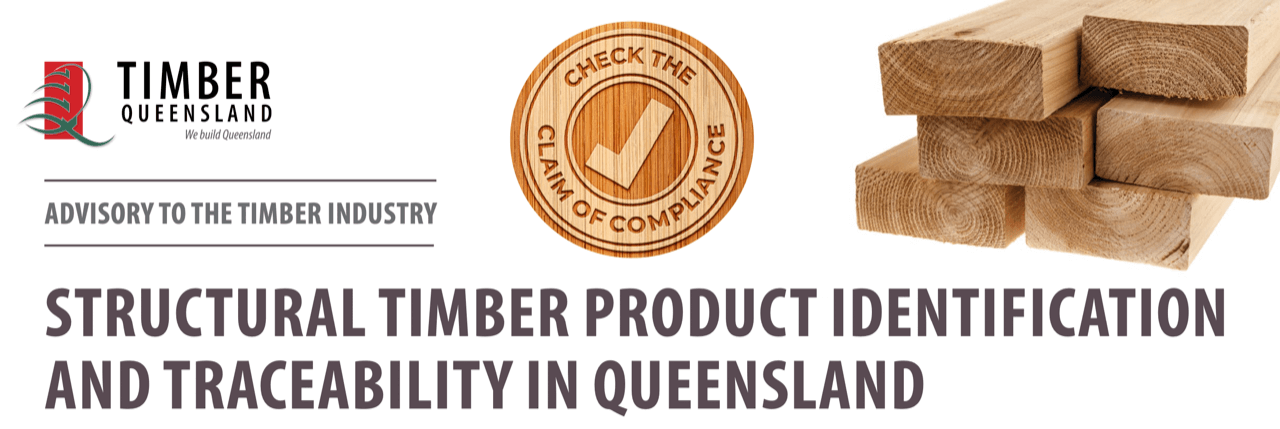
There is a duty of care to make sure that timber used, is stamped to say it reaches a level of protection, for you as a manufacturer, for the builder, and for the family that make it a home. Anything non-compliant puts everyone at risk, at every stage. As well as potentially contributing to logging practices that may not be responsible, adhere to any environmental standard, nor be sustainable. And at this stage in societies evolution, none of those things are anything you want to contribute to.
The risks of using non-confirming timber undermine the value of your business and damage your reputation. It damages the industry. Even with certified timber, there comes a process to follow, to protect yourself and the chain of custody.
Timber Queensland, have recently been putting out a ‘3 steps to check’ campaign to assist fabricators adhere to legislation, look after themselves, and ultimately look after the final result into the future.

HOW TO ENSURE YOUR STRUCTURAL TIMBER PRODUCTS HAVE A “CLAIM OF COMPLIANCE”
Non-conforming building products legislation places significant onus and responsibility on every party in the building product supply chain – including timber producers, importers, manufacturers, wholesalers and retailers.
Timber Queensland’s Timber Industry Advisory Note on Structural Timber Product Identification and Traceability provides examples of the labels, stamps or marks required on a product so they can be identified and claim compliance.
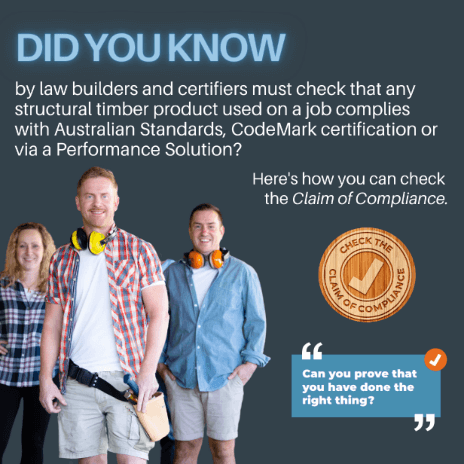
FOLLOW 3 SIMPLE STEPS TO GET IT RIGHT
1. UNDERSTAND HOW TIMBER PRODUCTS MUST BE IDENTIFIED
By law, builders and certifiers must check that a structural timber product used on a job complies with Australian Standards, CodeMark certification or via a Performance Solution. If it cannot be identified, these products will not be purchased or could be returned to the supplier.
See the Advisory Note for the details on what end-users will look for to accept structural timber products, preservative treated timber and CodeMark timber products as conforming.
2. ENSURE YOUR PRODUCTS HAVE THE CORRECT CLAIMS OF COMPLANCE
Products must be traceable back up through the supply chain to the original importer or manufacturer, including others that the product may have passed through – for example, where the original product may have been changed or altered – to ensure it is compliant and fit for purpose.
Builders and certifiers must pass on detailed product identification and traceability information to the home owner or “next in the chain”. These records may include invoices and delivery dockets that detail the product grade and/or preservative treatment, Form 15’s where applicable (i.e. wall frames and trusses), and photographic evidence of timber grades and treatment brands (i.e. end tags on treated timber).
Due diligence needs to be able to be demonstrated by all in the supply chain so that at any point in time there is evidence that the product is conforming.
3. PROTECT YOURSELF – PROVIDE PRODUCT INFORMATION
The onus is on the timber industry to ensure that pertinent information is passed to the next “in the chain”. Manufacturers and suppliers must provide any information necessary to ensure the continued conformance and fitness for purpose of products, including any ongoing maintenance requirements, to customers and builders who must, in turn, hand over to home owners. This information can be given as hardcopy instructions, via your website or data sheets.
Timber Queensland have a number of published Technical Data Sheets (TDS) that provide guidance and recommendations on installation, use and maintenance including:
TDS 2 – Finishes for Exterior Timber
TDS 15 – Specifying Timber
TDS 24 – Recommendations for the Use of H3 LOSP Treated Timber
TDS 25 – Outdoor Timber Performance
For FTMA, obviously the topic of certified timber is one we have been passionate about for a long time. It’s one that you’ve heard us talk about a lot, both in the newsletter, and with the podcast from May this year – choosing fit for purpose timber – with the key message that one fall – affects us all.
Timber Queensland have done a tremendous job with putting together this campaign, delivering key information, and at the end of the day, trying to make a difference for the safety of the industry. We strongly encourage you to have a look through all the links in this article. Even if you think you’re all over this, double check. Is your wood compliant? Can you prove it?
Below are two of Timber Queensland’s Advisory Notes on Structural Timber Product Identification & Traceability.
We recommend builders, fabricators and suppliers download the documents.
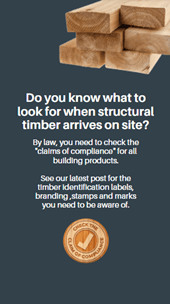
Our Principal Partners
